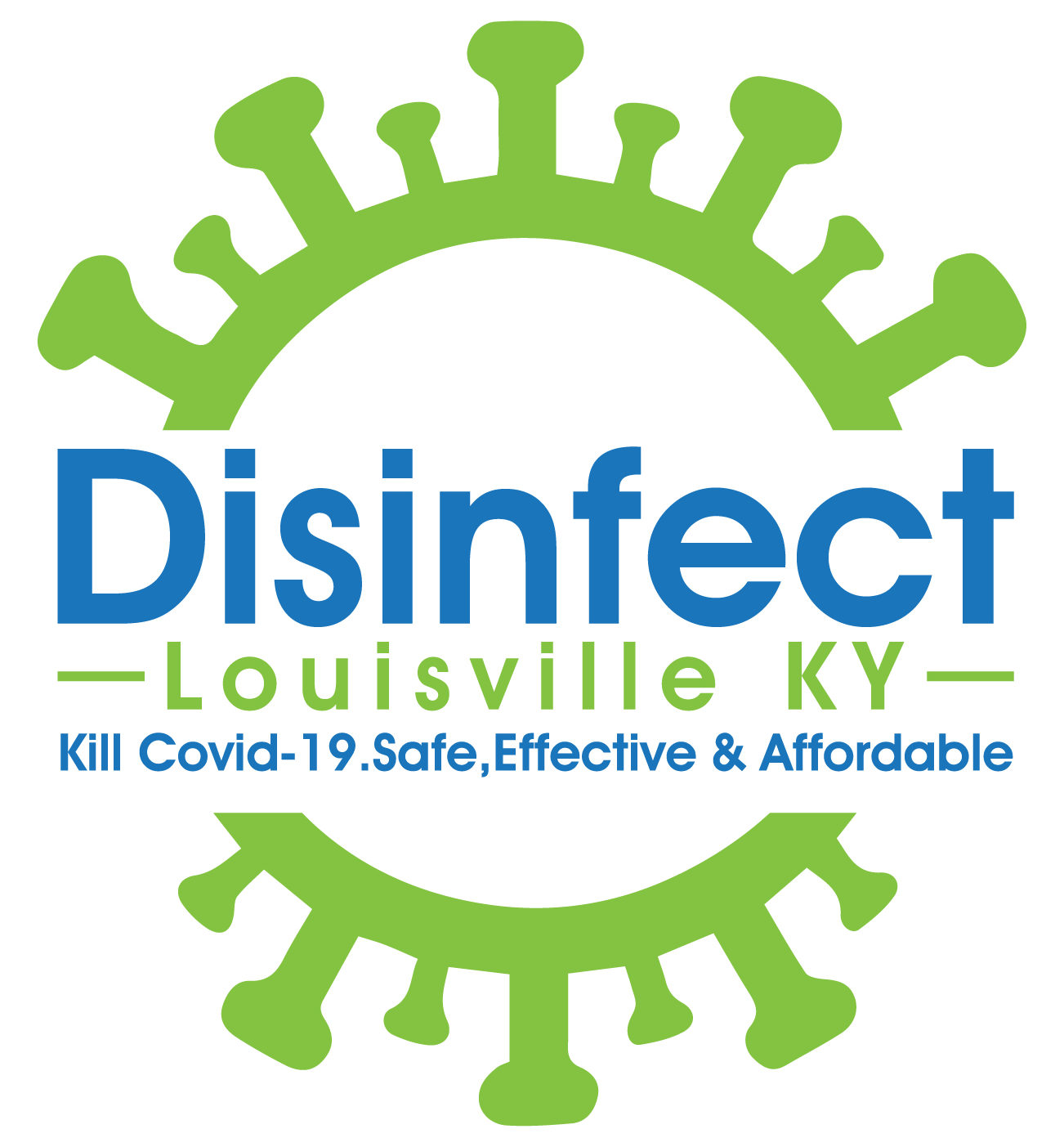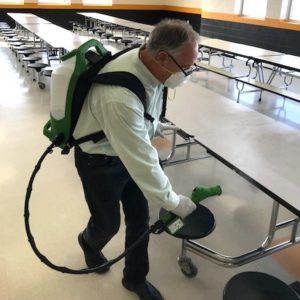FAQ
Disinfect LOUISVILLE
GET ANSWERS
Frequently Asked Questions
Most frequent questions and answers
Electrostatics is a branch of physics that studies the phenomena and properties of stationary or slow-moving electric charges (Electrostatics, 2016). Electrostatic phenomena is easily demonstrated when lint is attracted to clothes, or when dust clings to a TV screen.
These descriptions are examples of Coulomb’s law. Coulomb’s law states that opposite electrical charges attract and like charges repel.
Electrostatic spraying has been used for many decades in painting and agriculture. EMist uses this same process to apply a charge to the liquid droplets as they are formed and just before the droplets leave the spray nozzle. These “super-charged” droplets then actively seek out negative or neutral surfaces. What’ more, as the droplets leave the nozzle, the charged droplets repel one another, keeping them from coming together and forming larger droplets. Interestingly, because of the electrostatic charge, droplets “wrap” around surfaces providing an even, consistent surface coverage.
Yes. The sprayers are used in schools, ambulances, hospitality, acute, and post-acute settings.
Electrostatic sprayers can apply any water-soluble chemical. We recommend the use of EPA-registered disinfectant products. A list of EPA registered products that have qualified for use against COVID-19 can be found here.
We recommend EPA-approved organic, nontoxic, biodegradable and safe liquid disinfectants. You can find them by clicking here and then typing “hypochlorous” in the search box.
Cleaning
- Removes germs, dirt, and impurities from surfaces or objects. Cleaning works by using soap (or detergent) and water to physically remove germs from surfaces. This process does not necessarily kill germs, but by removing them, it lowers their numbers and the risk of spreading infection.
Disinfecting
- Kills germs on surfaces or objects. Disinfecting works by using chemicals to kill germs on surfaces or objects. This process does not necessarily clean dirty surfaces or remove germs, but by killing germs on a surface after cleaning, it can further lower the risk of spreading infection.
Sanitizing
- It lowers the number of germs on surfaces or objects to a safe level, as judged by public health standards or requirements. This process works by either cleaning or disinfecting surfaces or objects to lower the risk of spreading infection.
Yes. EPA studies (EPA-600-R-15-279 and USEPA 2015b) show that compared to traditional sprayer systems, an electrostatic spray technology is more efficient, reduces waste, and delivers a more uniform distribution of liquids over uneven surfaces.
Fill out the form and we’ll get right back to you!
Contact
We're Local
Get your company disinfected and clean, ready for business!

